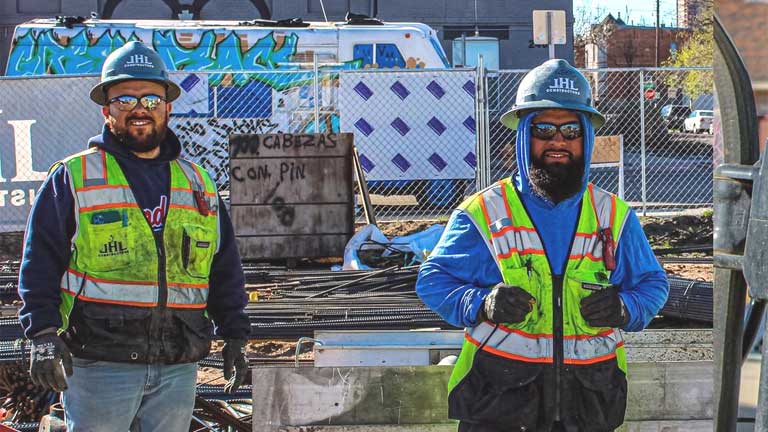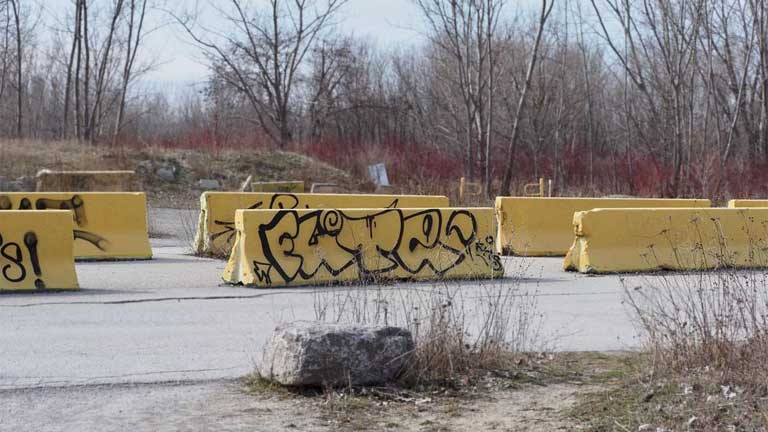
The construction industry poses numerous risks to its workers. Maintaining health and safety measures helps companies avoid costly incidents, keep employees happy, and protect the bottom line.
Having procedures in place and readily available safety equipment minimizes response times during an incident, saving time and money. Taking these precautions also helps prevent project delays and timeline slippage.
Safety Training
Construction safety training ensures workers understand how to properly use power tools, including drills, saws, and jackhammers. They also need to know the proper routine equipment maintenance and inspections procedure. It is vital for ensuring the health and well-being of everyone on site.
When safety training is prioritized, fewer workers will be injured or miss work. It leads to higher productivity because the company won’t lose valuable time due to workers’ call-outs or medical appointments.
Safety-oriented companies also take the time to learn from accidents and illnesses that occur on-site. They review incident reports and develop policies and procedures based on the information. As a result, they typically see a 20 to 40 percent reduction in occupational illness and injury costs. It is why a strong safety program is crucial to the success of any construction business.
Equipment Inspection
Construction workers must trust the equipment and tools they use to do their jobs. However, workers may be injured if the equipment is faulty or dangerous. Injuries directly impact productivity and the ability to deliver projects on time. It can cause delays and increase operating costs for contractors.
Accidents and injuries also have a direct impact on insurance premiums. The higher a contractor’s insurance rates are, the more they will pay for their coverage. Construction safety services can help lower insurance rates by keeping construction sites safe and reducing accidents.
Establishing a safety culture, providing comprehensive training, and conducting periodic equipment inspections are crucial to ensuring a safe job site. By implementing these measures, everyone will have the necessary resources to perform their job in a secure and protected environment confidently. It helps prevent accidents, allowing construction companies to deliver projects on time and within budget. It also reduces injury claims and associated expenses that can significantly impact the bottom line.
Risk Assessments
Regular risk assessments are crucial for ensuring the safety of workers on job sites. This process entails evaluating the hazards of your work environment (including layout, condition, and systems of work), worker capabilities, skills, and knowledge, and the impact that a hazard may have on health and safety. The severity of possible outcomes and the likelihood of an incident are also evaluated, allowing you to prioritize risks for action.
In addition to evaluating existing hazards, you should consider potential hazards that might emerge due to changes in processes, equipment, products, or how work is done. These assessments should be conducted before changing operations and workstations, making significant organizational changes, or introducing new equipment and materials.
It is essential to involve workers in this process so that they are aware of the safety measures being taken and understand why those measures are necessary. To maximize their chances of success, adhering to established procedures and steering clear of dangerous circumstances is imperative.
Emergency Response
Every worksite should have an emergency response plan to ensure the safety of employees during an incident. It will include the identification of all potential hazards on site, communication systems in case of an emergency, and procedures to alert first responders, such as the fire department or police. Plans will also determine how workers will evacuate the building and who is responsible for hazard communication and reporting.
Workers must also receive training on the types of emergencies at their workplace, including how to react and what to do in an emergency. This training will be based on the workforce size, processes, materials handled, and available resources.
Construction is a highly volatile industry, but providing workers with the proper training and equipment can reduce risks and create a safe working environment. Companies prioritizing safety will find it easier to retain their workers, resulting in greater profitability and productivity.




